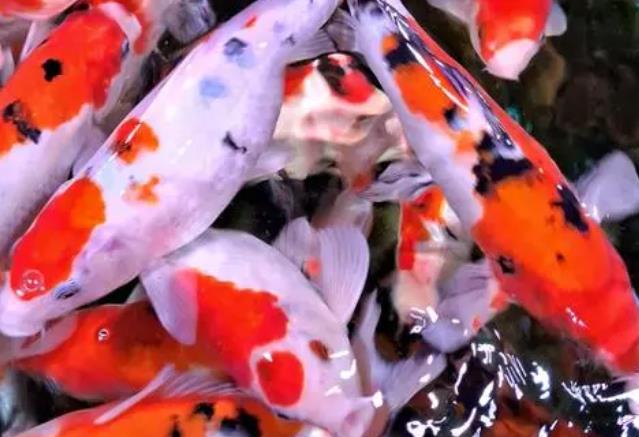The key points for raising koi mainly include the following aspects:
Water Quality Management: Water quality is the foundation for the survival of koi, and good water quality directly affects the health of koi. Firstly, make sure the water source is clean. Avoid using tap water containing chlorine or other harmful substances. It is recommended to use a dechlorinating agent to treat it or aerate it in advance. Secondly, maintain a suitable water temperature, generally between 20 - 25 °C. Either too high or too low a temperature will affect the appetite and immunity of koi. Regularly test water quality indicators such as pH value, ammonia nitrogen, nitrite, etc., and keep the water quality in balance. Using water quality stabilizers and biological filters can effectively remove harmful substances in the water and maintain the clarity and stability of the water quality.

Feed Selection: Koi are omnivorous fish, and a reasonable combination of feeds is the key to ensuring their healthy growth. There are special koi feeds on the market, which are divided into pellet, flake, and sinking types, etc. You can choose according to the body size and taste preferences of koi. Besides commercial feeds, appropriately feeding live baits such as bloodworms and water fleas is also an effective way to supplement protein and vitamins. However, it should be noted that live baits may carry parasites or bacteria, so they should be disinfected before feeding. Follow the feeding principle of "feeding small amounts frequently" to avoid water quality deterioration and indigestion of koi caused by overfeeding.
Disease Prevention: Keeping the water clean, regularly changing the water, feeding reasonably, and avoiding excessive fishing and scaring are the keys to preventing diseases. Regularly observe the behavior and body condition changes of koi. Once any abnormalities are found, such as loss of appetite, slow swimming, body surface injuries, etc., immediate measures should be taken. For koi that have already fallen ill, they should be isolated and treated according to specific symptoms to avoid the spread of diseases. When using professional aquarium medications, operate strictly in accordance with the instructions to avoid koi poisoning caused by excessive use or misuse.
Environment Arrangement: Koi have a relatively strong adaptability to the environment, but a comfortable and beautiful living environment can significantly improve their quality of life and ornamental value. In aquariums or ponds, an appropriate amount of aquatic plants can be planted and some decorations, such as rockeries and small bridges, can be placed to simulate the natural ecological environment. Aquatic plants can not only beautify the environment but also produce oxygen through photosynthesis and purify the water quality. Meanwhile, pay attention to keeping the water flow unobstructed and avoid the formation of dead water areas.
Daily Care: Daily care is an indispensable part of koi maintenance. Regularly check whether the equipment in the fish tank, such as filters and aeration pumps, is working properly to ensure sufficient water circulation and oxygen supply. Observe the behavior and body condition of koi and pay attention to whether there are any abnormal manifestations, such as slow swimming, loss of appetite, dull body color, etc. These are all signs of poor health and require timely measures. In addition, keeping the fish tank clean is also an important part of daily care. Regularly clean the algae and dirt on the inner walls and bottom of the fish tank to avoid bacteria breeding and affecting the water quality.
Through the comprehensive management of the above aspects, the health status and quality of life of koi can be effectively improved.
